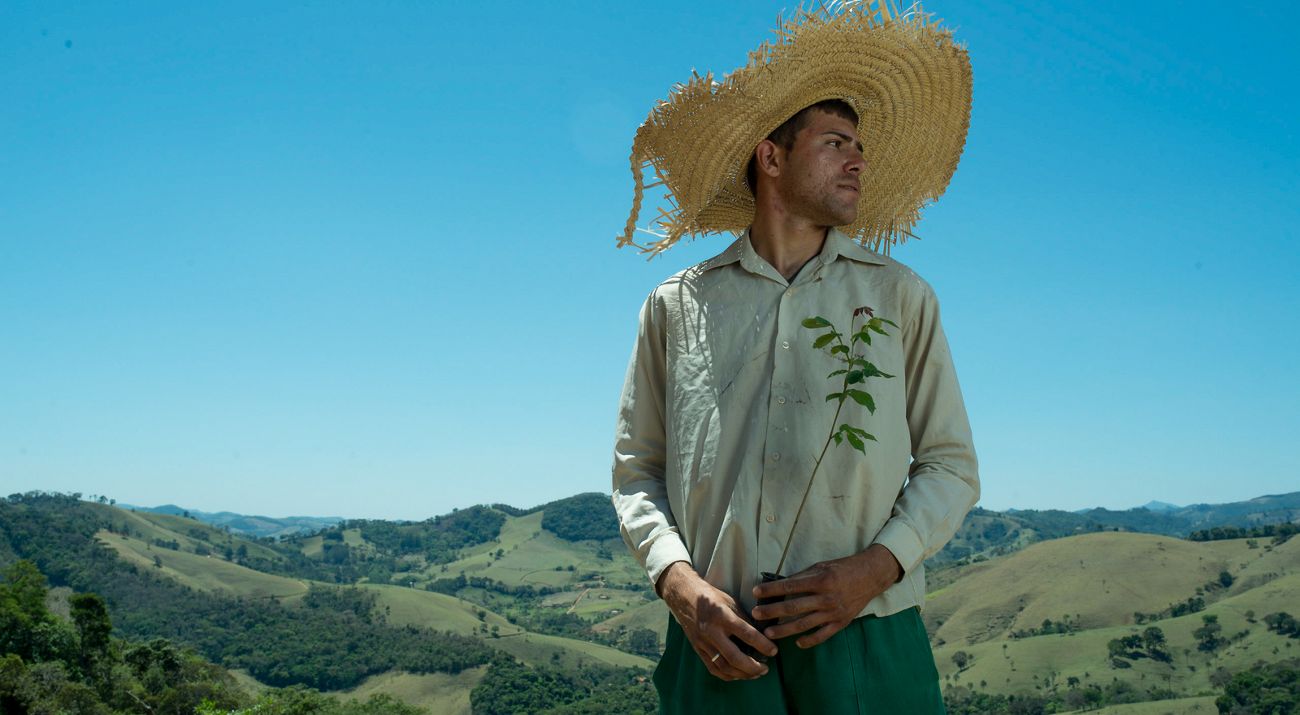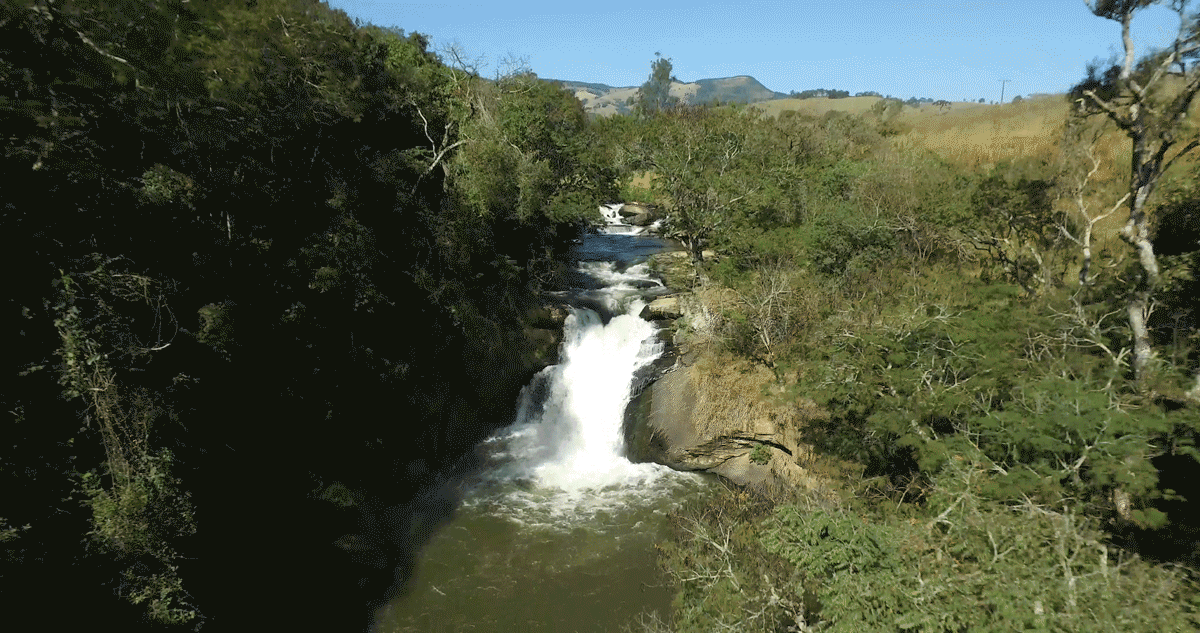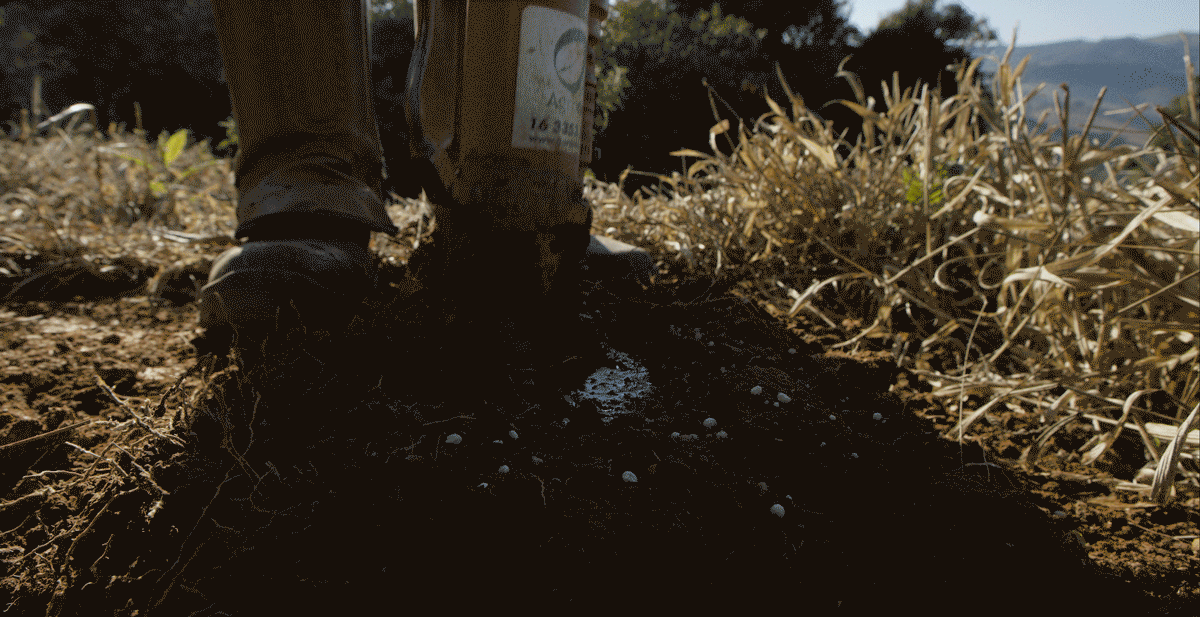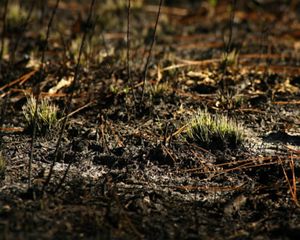
Roots for growth: Why protecting and restoring forests is one of the best things any government can do for its people
By Rubens Benini, Restoration Manager, TNC Brazil & Latin America
Key Takeaways
- Forest loss isn’t just an environmental issue—it has social, economic and political impacts as well.
- Protecting and restoring forests can increase water security, bolster rural economies and mitigate climate change.
- A project in Brazil’s Serra da Mantiqueira region demonstrates the actions governments can take to unlock these benefits.
Faced with an uncertain future and limited resources, where should governments invest to ensure the well-being of their citizens? Job development for struggling rural economies? Better infrastructure to shore up water security? Improved health services?
The problem is that these are all pressing issues. Wages—and incomes generally—are stagnating for most people. Job satisfaction is down, especially among the young, and increasing numbers of working-age people are unable to participate in the labor force. But at the same time, we face a global environmental breakdown impacting our climate, the ocean and freshwater ecosystems, and every form of life that depends on them.
One recent report from the United Kingdom’s Institute of Public Policy Research suggests that the combination of global warming, soil infertility, pollinator loss, chemical leaching and ocean acidification is creating a “new domain of risk” that is hugely underestimated by policymakers at present—even though it may pose the greatest threat to human society in human history.
In fact, all these economic, political and environmental challenges are deeply interconnected. The deterioration of a natural infrastructure that we’ve historically taken for granted—a predictable climate, freshwater and fertile soils—has a knock-on effect on health, wealth, inequality and migration, which in turn threatens social and political stability.
But the connections between these challenges also point toward a way forward. Stopping deforestation and replanting trees at scale is one of the most effective, scientifically-proven measures that governments can take right now to address multiple challenges.
WATCH NOW: Brazil’s Atlantic Forest is a conservation hot spot — but more than 90% has been lost. See how a municipality is restoring its forests and reaping the benefits.
Brazil showcases some powerful examples of where and how it can work. As one of the world’s biggest exporters of commodities like beef and soy, as well as being home to some of the world’s richest surviving tropical ecosystems and immense biodiversity, it can justifiably be seen as a test case for other countries.
Take the Mantiqueira Atlantic Forest. The Mantiqueira Mountain range is about the size of Portugal (100,000 square kilometers, or 10 million hectares). To the southeast, it is flanked by the largest metropolitan regions in Brazil – Rio de Janeiro, São Paulo and Vale do Paraíba, collectively home to some 20 million residents. For many of these residents, the mountains and forests are the natural storage and filtration systems which provide their water.

Since 2005, local institutions in the Mantiqueira have worked in multi-stakeholder partnerships to protect the watersheds that supply water to São Paulo metropolitan region. As an example, the Extrema municipality has built a model using public funding sources to incentivize restoration through payments for environmental services. How can this reforestation success be scaled and grown?
Action One:
Identify the underutilized land that can be offered for restoration in the Mantiqueira Mountains. An evaluation of jurisdictional environmental laws and anticipated opportunity costs can help pinpoint degraded land which can be turned around with the most ease.
Action Two:
Identify viable markets based on restoration systems such as agroforestry, timber, fruits. Restoring native forests can become more financially attractive to landowners than cattle grazing, which is currently the dominant model. Forest restoration which produces increased harvests of timber and fruit will bring a new “restoration economy,” helping kickstart a cycle capable of changing land use across millions of hectares.

Action Three:
Create incentives. This is critical where there is marginal or no produce-based economic restoration. To make restoration possible while simultaneously stimulating market demand, governments may need to provide incentives, such as payment for environmental services. This is where supply chain engagement meets consumer demands—which will in turn help to fund further ecosystem restoration.
Action Four:
Seize the economic opportunity. Once a viable market is identified, the supply side also creates economic opportunity for seeds, seedlings, and research and development. Using the land differently may also result in improved soil health using fewer agrochemicals—and once the soil has improved, adding commodities such as coffee creates further jobs and products. Furthermore, the water from the Mantiqueira Mountain range also feeds the Furnas hydropower plant on the Minas Gerais side of the mountains—more reliable flows means more reliable power generation.
Action Five:
Team up. An important part of Extrema’s success lies in the approach to partnership. The local government is leading an effort to replicate its experience in the other 283 municipalities across the Mantiqueira range. The newly formed Conservador da Mantiqueira program is now waiting for an injection of public funds.

Action Six:
Be the public finance hero. Work to unlock the public funding needed to reach the scale that will generate benefits for the local economy. These benefits include clean water for the local population and the more distant urban centers. Conversion of environmental fines to restoration programs could unlock a significant part of the $5 billion estimated to restore 1.2 million hectares.
Bonus:
Add it all up and you help meet internationally agreed climate pledges. Restoring 1.2 million hectares in the Mantiqueira Mountain range will help Brazil meet 10 percent of its national forest restoration commitment under the Paris Climate Agreement, potentially sequestering 260 million tons of carbon dioxide equivalent over the next 30 years.
We know that looking after nature in the long term also benefits people. One of the best things many governments concerned about the health and wealth of its citizens can do is to really invest in the protection and restoration of nature. This will unlock and accelerate its economic potential and, in turn, the potential of the country.
Visit The Green-Blue Water Coalition and the Latin American Water Funds Partnership for more information.
Global Insights
Check out our latest thinking and real-world solutions to some of the most complex challenges facing people and the planet today.



